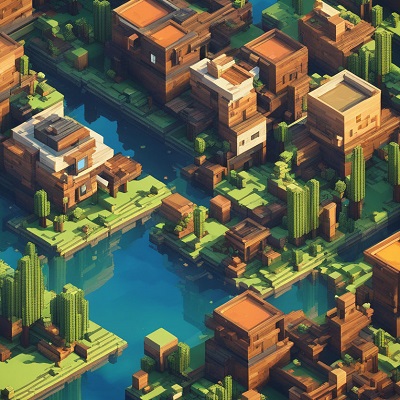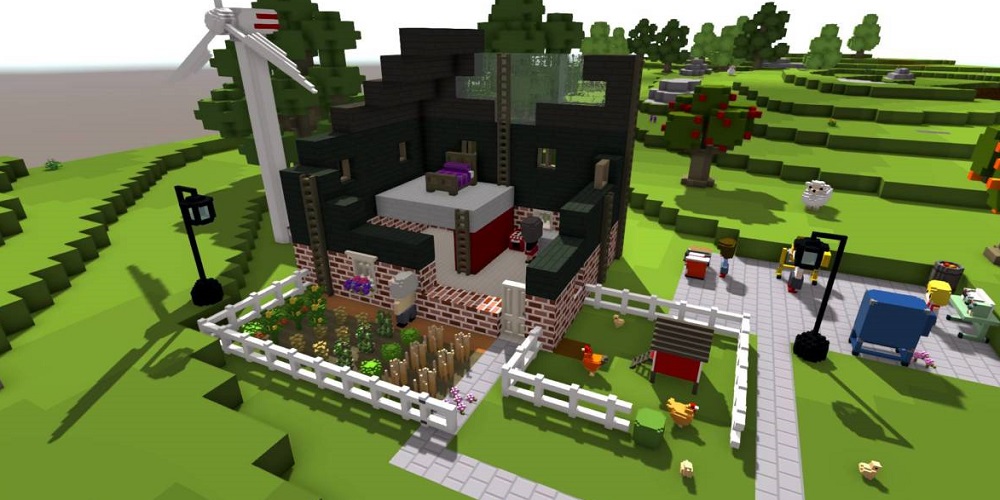Voxel Graphics: Unveiling a Unique Visual World

Voxel graphics are a distinctive approach to 3D modeling, where the world is represented as a collection of 3D pixels, known as ‘voxels’. Unlike traditional polygon-based graphics, which use flat surfaces to create shapes, voxels offer a more granular, block-like structure, akin to 3D pixels.
The Evolution of Voxel Graphics
The story of voxel graphics is intertwined with the evolution of computer graphics. Originally used in scientific visualization in the 1980s, voxel technology found its way into gaming and art. Early games like ‘Comanche’ showcased voxels’ potential in rendering detailed landscapes, marking a significant milestone in their use in entertainment.
Technical Foundations of Voxel Graphics
At its core, voxel graphics are based on a three-dimensional grid system, where each voxel represents a discrete point in space with associated properties like color and density. This approach differs fundamentally from polygonal graphics, which rely on vertices and edges to define shapes.
Diverse Applications
Voxel graphics have found applications in various fields, including gaming, medical imaging, and geological surveying. In games, they allow you to create complex and variable environments, the Swiss Win online casino is used as an interactive gambling house, and in medical imaging, voxels allow you to obtain a detailed three-dimensional representation of the internal structures of the body.

Challenges and Limitations
Despite their potential, voxel graphics face technical hurdles. The primary challenge is the immense computational power required to render detailed voxel environments, as each voxel requires individual processing. Additionally, storage becomes a concern with high-resolution models. Voxel graphics also struggle with achieving the smooth surfaces and fine details that polygons can easily represent.
Voxels in the Modern Era
Recent advancements in processing power and storage have reignited interest in voxel graphics. Current projects in gaming and virtual reality are pushing boundaries, as demonstrated by the Swiss win project, creating more detailed and expansive voxel-based worlds. This resurgence reflects a growing appreciation of the unique aesthetic and functional capabilities of voxels.
Conclusion
Voxel graphics offer a distinct and powerful approach to 3D modeling, particularly in creating rich, modifiable environments. While they come with technical challenges, ongoing technological advancements are gradually overcoming these barriers, paving the way for broader adoption and innovation in various fields.
